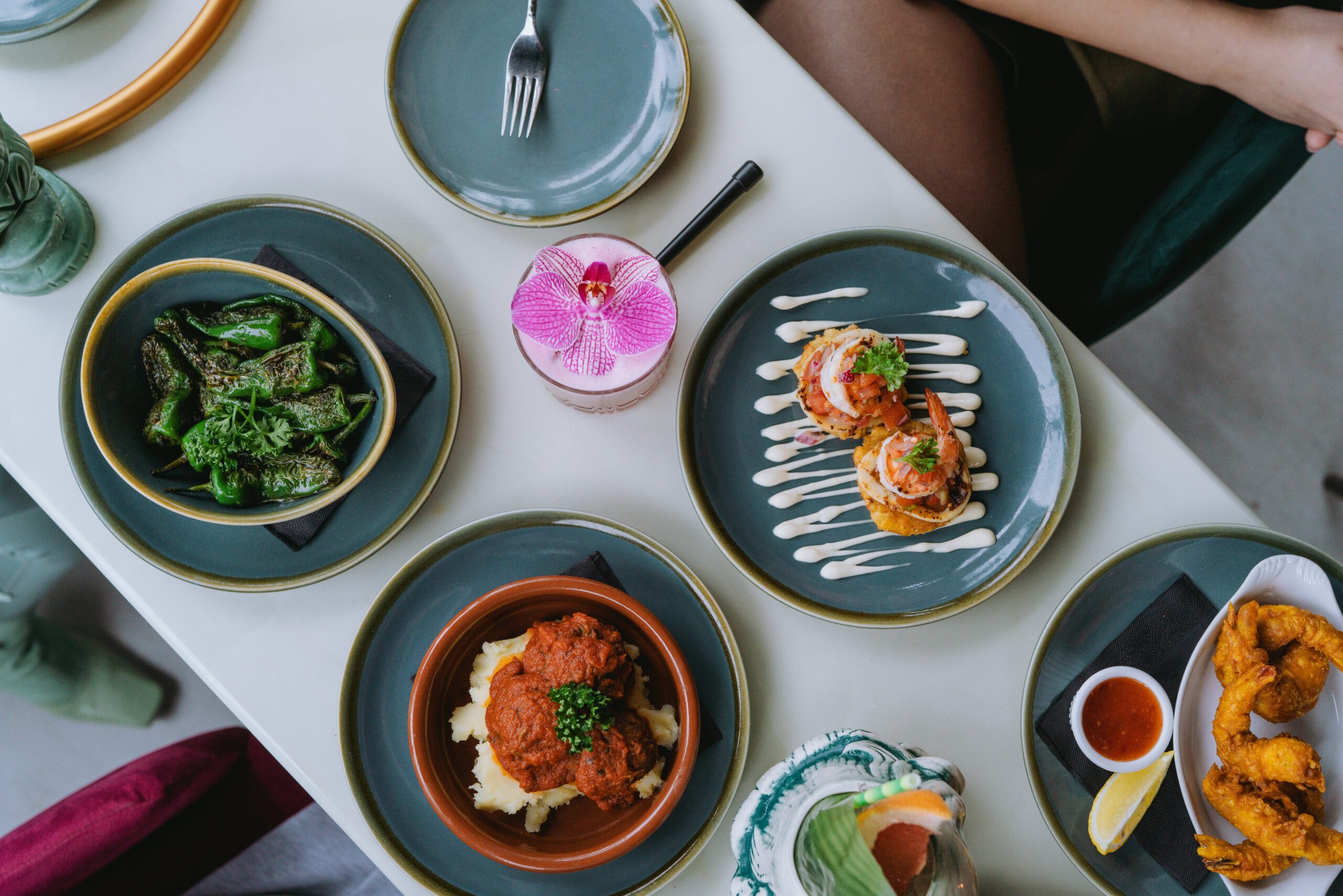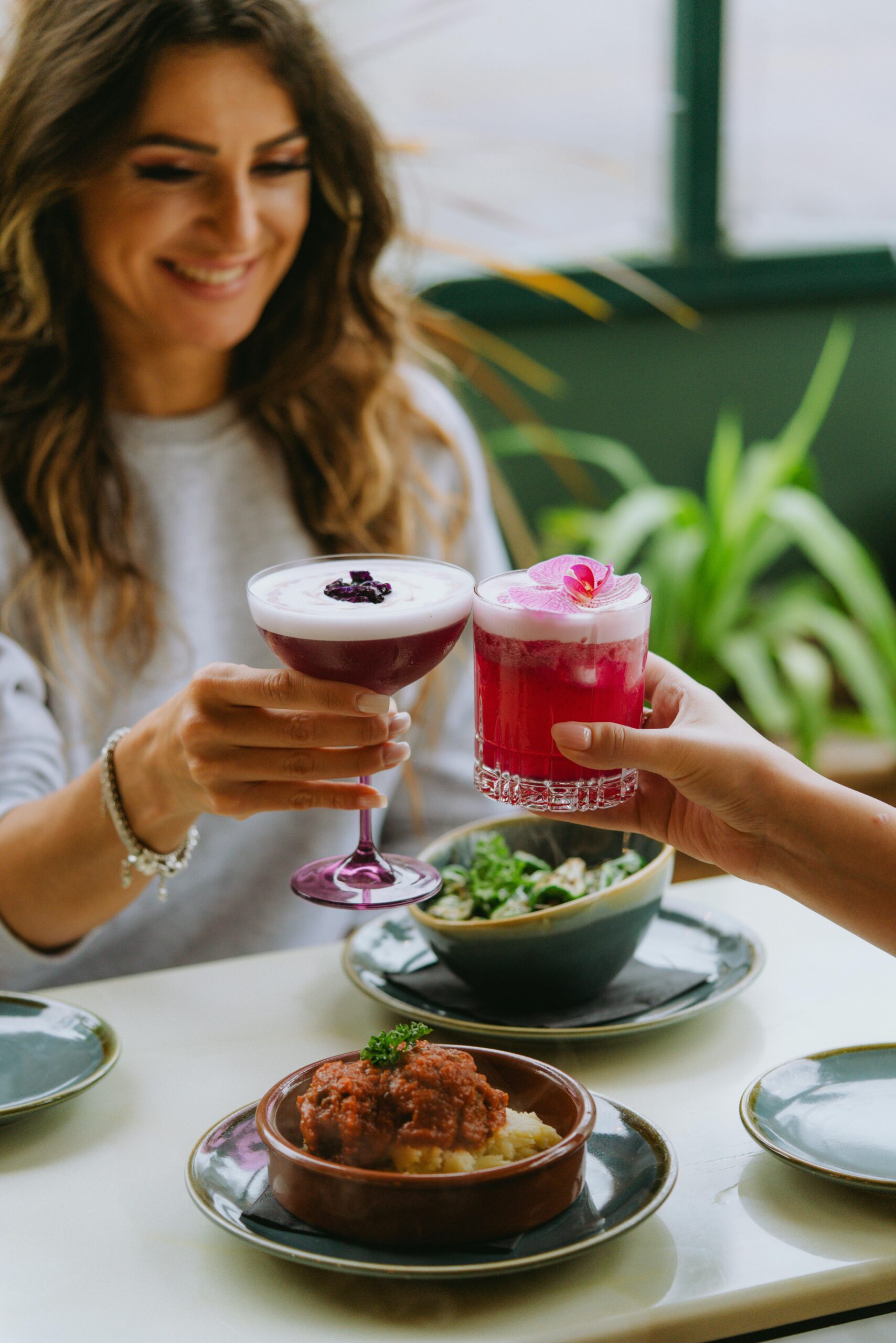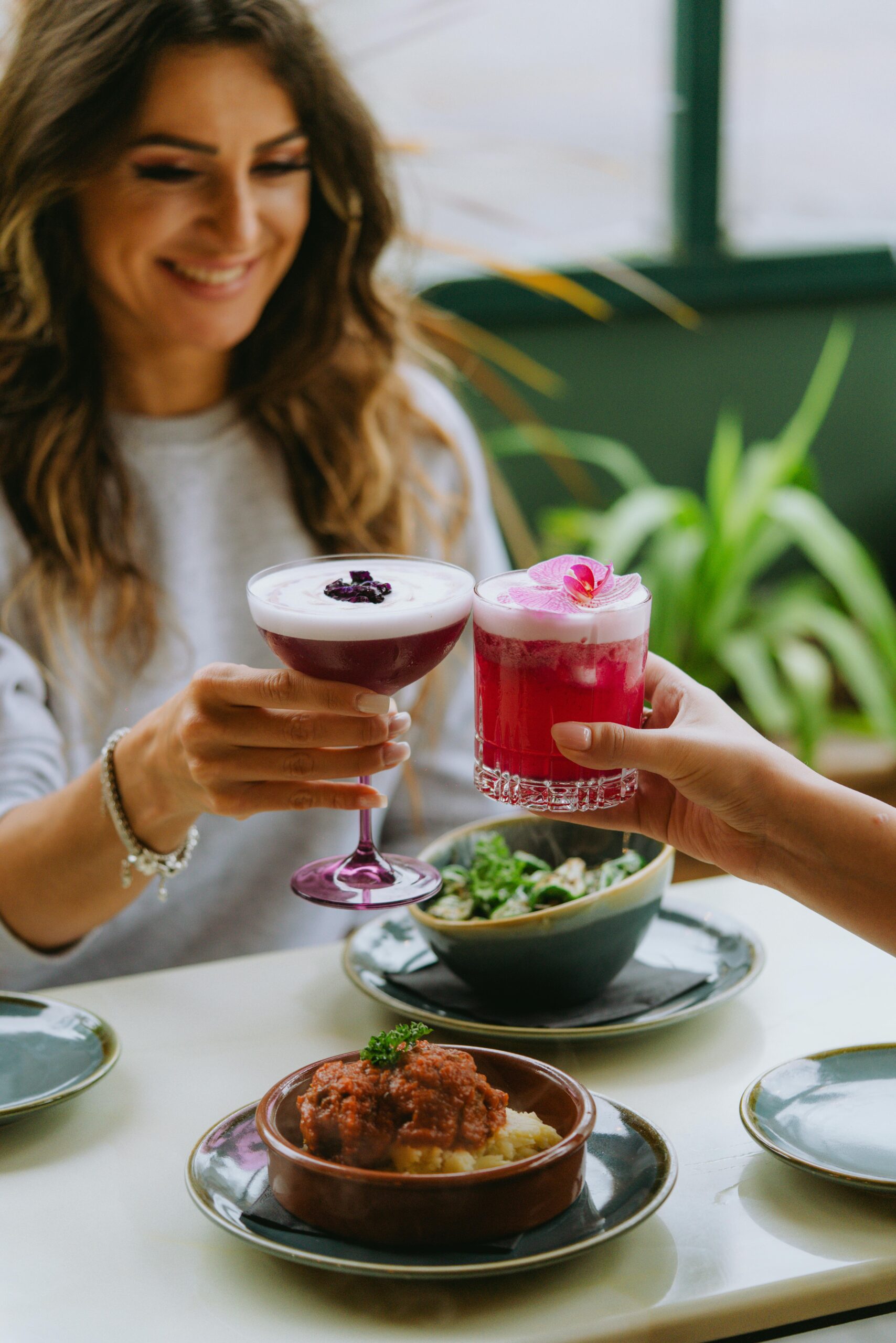Immerse yourself in the rich heritage of traditional Japanese soba noodles as you discover the art of slurping and savoring. Tastepan.com invites you to dive into the diverse world of food culture and traditions, where you will explore the culinary histories, regional cuisines, and food-related stories that will deepen your appreciation for the global tapestry of flavors. Journey through the depths of this ancient Japanese tradition and learn to appreciate the delicate balance of flavors that make every bite of soba noodles a truly unforgettable experience.

History of Soba Noodles
Origins of soba noodles
Soba noodles have a long history in Japan, dating back thousands of years. While the exact origins are unclear, it is believed that soba noodles were first introduced to Japan from China during the Nara period (710-794). Initially, soba noodles were a luxury food item, reserved for the aristocracy due to the high cost of buckwheat flour. However, as time went on, soba noodles became more accessible to the general population.
Popularity in Japan
Soba noodles gained popularity in Japan during the Edo period (1603-1868) when street vendors began selling these delicious noodles. Soba noodle stands, known as “sobaya,” started popping up throughout Japan, providing a quick and satisfying meal for locals. Over time, soba noodles became a staple in Japanese cuisine, loved for their unique flavor and versatility in various dishes.
Varieties of soba noodles
There are several varieties of soba noodles, each with its own unique characteristics. The most common type is “Nihachi soba,” which is made with a blend of 80% buckwheat flour and 20% wheat flour. This combination gives the noodles a delicate texture and a nutty flavor. Other varieties include “Inaka soba,” which is made with 100% buckwheat flour and has a stronger, earthy taste, and “Sarashina soba,” which is made with refined buckwheat flour and has a light and smooth texture.
Ingredients and Preparation
Buckwheat flour
The main ingredient in soba noodles is buckwheat flour, which is derived from the seeds of the buckwheat plant. This flour is rich in nutrients and has a distinct nutty flavor. To make soba noodles, the buckwheat flour is combined with wheat flour, creating a balance between texture and flavor.
Wheat flour
Wheat flour is added to the soba noodle dough to provide elasticity and help bind the noodles together. The ratio of buckwheat flour to wheat flour can vary depending on the desired texture of the noodles.
Water
Water is a crucial element in the soba noodle-making process. It is used to mix the flour and knead the dough, creating a smooth and pliable texture.
Kneading and rolling the dough
Once the ingredients are combined, the dough is kneaded vigorously to develop the gluten in the wheat flour. This process gives the dough its elasticity and chewiness. After kneading, the dough is rested to allow the gluten to relax before it is rolled out.
Cutting the noodles
After the dough has been rolled out into a thin sheet, it is traditionally cut into thin, long strips using a sharp knife. The thickness and width of the noodles can vary depending on personal preference and the type of soba dish being prepared.

Soba Noodle Etiquette
Slurping culture
In Japan, it is perfectly acceptable and even encouraged to slurp your soba noodles. Slurping is believed to enhance the flavor of the noodles and show appreciation to the chef. It is also a way to cool down the hot noodles. So don’t be afraid to slurp away!
Proper way to eat soba noodles
When enjoying soba noodles, it is customary to use chopsticks to pick up a small portion of noodles and dip them into a small bowl of sauce or broth. The noodles are then lifted out of the sauce, allowing any excess to drip off, before being eaten.
Etiquette in soba noodle restaurants
When dining at a soba noodle restaurant, it is important to follow proper etiquette. Upon entering, greet the staff with a polite greeting and wait to be seated. Once seated, peruse the menu and place your order. It is customary to thank the chef or server after the meal and to leave a small tip as a gesture of appreciation.
Health Benefits of Soba Noodles
Digestive health
Buckwheat, the main ingredient in soba noodles, is known for its digestive benefits. It is rich in dietary fiber, which helps promote healthy digestion and prevent constipation. The high fiber content also aids in maintaining a healthy weight and reducing the risk of certain digestive disorders.
Nutritional profile
Soba noodles are a good source of essential nutrients. They contain minerals such as magnesium, copper, and manganese, which are important for bone health and energy production. Soba noodles also provide vitamins B1 and B3, which play a role in metabolism and overall brain function.
Gluten-free alternative
For individuals with gluten intolerance or celiac disease, soba noodles made with 100% buckwheat flour offer a gluten-free alternative. These noodles are a great option for those looking to enjoy a traditional Japanese dish without the worry of gluten-related health issues.

Popular Soba Noodle Dishes
Zaru soba
Zaru soba is a simple and classic way to enjoy soba noodles. The noodles are served cold on a bamboo mat or plate, accompanied by a dipping sauce called “tsuyu.” The noodles are typically garnished with thinly sliced green onions, wasabi, and grated daikon radish.
Kake soba
Kake soba is a hot noodle dish where the soba noodles are served in a hot broth. The broth is typically made from dashi stock, soy sauce, and mirin. Kake soba is often topped with various ingredients such as green onions, tempura, or kamaboko (fish cake).
Tempura soba
Tempura soba combines the deliciousness of tempura with the simplicity of soba noodles. This dish features a bowl of soba noodles served in a hot broth, topped with crispy and light tempura. The contrast between the warm noodles and the crunchy tempura creates a delightful taste experience.
Yaki soba
Yaki soba is a stir-fried noodle dish that incorporates soba noodles, vegetables, and meat or seafood. The noodles are sautéed with soy sauce and other seasonings, along with a variety of vegetables such as cabbage, carrots, and bean sprouts. Yaki soba can be enjoyed as a quick and flavorful meal.
Regional Variations
Tokyo-style soba noodles
Tokyo-style soba noodles are known for their thin and delicate texture. The noodles are made with a higher ratio of wheat flour to buckwheat flour, giving them a lighter and less earthy taste. The broth used in Tokyo-style soba noodles is typically soy sauce-based, and the toppings may include green onions, tempura, or kamaboko.
Kyoto-style soba noodles
Kyoto-style soba noodles are made with 100% buckwheat flour, resulting in a stronger and more pronounced nutty flavor. The noodles are typically served cold and accompanied by a simple dipping sauce. In Kyoto, soba noodles are often enjoyed as part of a traditional Kaiseki meal, a multi-course dining experience that showcases the season’s finest ingredients.
Nagano-style soba noodles
Nagano is a region known for its soba noodle production. Nagano-style soba noodles are made with a blend of buckwheat and wheat flour, resulting in a balance of flavor and texture. The noodles are typically served in a hot broth made from kombu (kelp) and bonito flakes. Nagano-style soba noodles are often enjoyed with various toppings such as green onions, tempura, or mountain vegetables.
Serving and Garnishing Soba Noodles
Dipping sauce
The dipping sauce, or “tsuyu,” is an essential component when serving soba noodles. Tsuyu is typically made from a combination of dashi stock, soy sauce, and mirin. It is served in a small bowl alongside the noodles and is used for dipping the noodles into before eating. Tsuyu can be customized by adding additional ingredients such as grated ginger or wasabi for added flavor.
Condiments and toppings
Soba noodles can be garnished with a variety of condiments and toppings to enhance their flavor. Common toppings include thinly sliced green onions, grated daikon radish, tempura, nori (seaweed), or sesame seeds. These additions not only add visual appeal but also provide additional textures and flavors to the dish.
Soba Noodles in Japanese Culture
Symbolism and significance
Soba noodles hold significant symbolism in Japanese culture. They are often associated with longevity and are commonly served during New Year’s celebrations to bring good luck and ward off evil spirits. The long, thin noodles are believed to represent a long, prosperous life.
Soba noodle festivals and events
Throughout Japan, there are numerous festivals and events dedicated to soba noodles. These gatherings celebrate the cultural heritage of soba noodles and provide opportunities for locals and visitors alike to enjoy different varieties of the noodles. These festivals often feature food stalls, live performances, and soba noodle-making demonstrations.
Soba Noodle Making Classes and Workshops
Learning the art of soba making
For those interested in immersing themselves in the art of soba noodle making, there are many classes and workshops available. These hands-on experiences allow participants to learn the traditional methods of making soba noodles from skilled instructors. Participants get a chance to mix the dough, knead it, roll it out, and cut it into noodles, gaining a deeper appreciation for the craftsmanship behind this beloved dish.
Hands-on experience
Participating in a soba noodle-making class or workshop offers a hands-on experience that goes beyond just tasting the finished product. It allows individuals to connect with the cultural and historical significance of soba noodles, gaining a deeper understanding and appreciation for the culinary traditions of Japan.
Exploring Soba Noodles: Beyond Tradition
Creative fusion dishes
While soba noodles have a rich tradition in Japanese cuisine, they can also be incorporated into creative fusion dishes. Chefs around the world have been experimenting with soba noodles, blending them with ingredients and flavors from various cuisines. This fusion approach allows for new and exciting flavor combinations, bringing the versatility of soba noodles to a global audience.
Soba noodles in international cuisine
Soba noodles have found their way into international cuisines, offering a unique twist to traditional dishes. In Western countries, soba noodles are often used as a gluten-free alternative in pasta dishes or mixed with vegetables and served as a light and healthy salad. The nutty flavor and delicate texture of soba noodles make them a popular choice for those looking to explore new flavors and ingredients.
In conclusion, soba noodles have a rich history and cultural significance in Japan. From their origins in ancient times to their popularity and versatility in modern cuisine, soba noodles continue to be a beloved dish. Whether enjoyed traditionally or in creative fusion dishes, soba noodles provide a delightful culinary experience that is deeply rooted in Japanese culture. So the next time you have a chance to slurp a bowl of soba noodles, savor the flavors and appreciate the heritage behind these delectable noodles.

